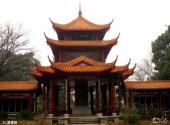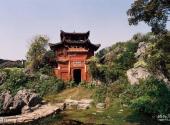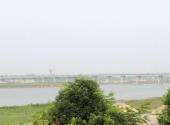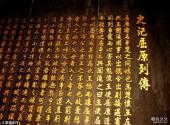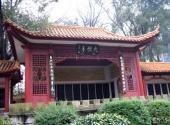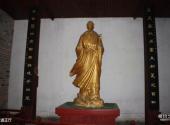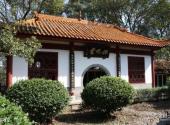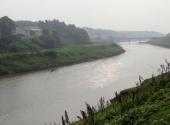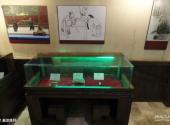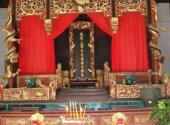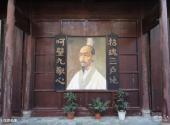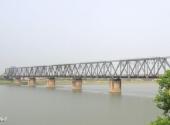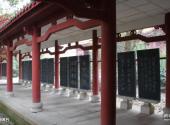
Scenic spot introduction:
The Miluo River is famous for the place where the great poet Qu Yuan drowned himself. On both sides of the river are whitewashed cottages with red willows, simple folk customs, and rich water and grass. It has a typical Jiangnan water town style. There are Qu Yuan's Tomb, Qu Zi Temple and other historic sites along the river. It is It is a cultural holy place where people pay homage to Qu Zi’s loyal soul, inject elements of exploration, enjoy Chu customs and witchcraft customs, and appreciate landscape paintings.Attractions distribution:
During the Warring States Period, Qu Yuan, a left disciple of the Chu State, was slandered and expelled. He once lived in the Yuji Mountain area in Nanyang on the bank of the Miluo River. In 278 BC (the 21st year of King Qingxiang of Chu), he threw himself into the Miluo River on May 5th of the lunar calendar. After Qu Yuan died in the river, people along the coast rowed boats to rescue him, and this evolved into the custom of dragon boat racing held every year on the fifth day of the fifth lunar month. During the Han Dynasty, people built a temple to commemorate Qu Yuan in his hometown in Nanyang.The Yuqi Mountain where Quzi Temple is located has towering ancient trees, surging rivers, farmland and cottages, traffic, and folk songs. It has both the beauty of the Jiangnan landscape and the artistic conception of a paradise. You can touch it everywhere A pastoral landscape painting. In addition to Quzi Temple and Quyuan Forest of Steles, there are many historical attractions in the mountain such as Duxing Pavilion, Saotai, Zhuoying Bridge, Peach Blossom Cave, and Shouxing Terrace. Within an area of about 10 square kilometers around Quzi Temple, there are also the place where Qu Yuan threw himself into the river, the Tomb of the Warring States Period, Nanyangli, Jiangmutan and the Twelve Tombs of Qu Yuan, leaving endless magical legends about Qu Yuan and numerous historical relics. .
For more than two thousand years, literati and intellectuals all over the world have admired him, including Song Yu, Jia Yi, and Sima Qian in the Han Dynasty, Du Fu, Han Yu, Liu Zongyuan, and Li Shangyin in the Tang Dynasty, Zeng Guofan, Zuo Zongtang, and Guo Songtao in the Qing Dynasty, and Mao Zedong and Mao Zedong in modern times. Celebrities such as Guo Moruo, Cao Yu, Li Tieying, Hu Sheng, He Jingzhi, Yu Guang, etc. all came to Miluo River and Quzi Temple to inquire about their ancestors and trace their roots, making it a cultural holy place for tourists at home and abroad to pay homage to Quzi.
Scenic spot features:
Qu Yuan, cultural tourism, nostalgia, ancestral halls, historic sites, riversBest time to visit:
spring, summer, and fall
Scenic spot location:
China>Hunan Province>Yueyang City>Miluo City
How to get there:
Miluo is 69 kilometers away from Yueyang. The two places are connected by train. From Yueyang, take the K511 train at 16:20 in the afternoon and arrive at Miluo at 17:09; in the morning, take the K534 train from Miluo at 8:04 and return to Yueyang at 8:50. . You can take the shuttle bus 15km from Miluo City Old Bus Station to the scenic spot.
Scenic area map:
Click to expand the scenic area map
Miluo River ticket price:
Quzi Temple and Quyuan Forest of Steles: 30 yuan/person
A. Free policy: Children under 1.2 meters in height are free
B. Preferential policy: 60 years old Tickets for the above-mentioned elderly people with seniority certificates are half price, and tickets for military officers and teachers with certificates are half price.
Scenic area opening hours:
Quzi Temple and Quyuan Forest of Steles : 8:15-17:00



